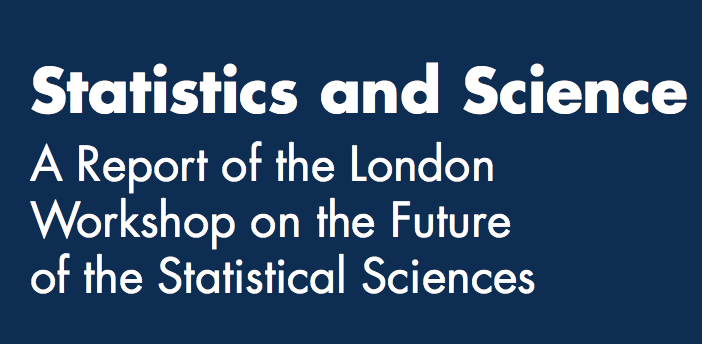The materials are now available to use and trial. Details are available HERE.
There is a questionnaire connected to the trial, which will help Charlotte to create further materials, and those which are of as much relevance as possible. This was part of her research, as she explains here:
The aim of my research was to create a plugin for QGIS that would encourage and support the use of GIS in schools at minimum cost and with as much ease as possible.
I am now in the final stages of my dissertation and the QGISforSchools plugin is ready for testing.
It takes the form of a QGIS plugin that provides 3 units (on Population & Development, Tourism and Earthquakes) that provides a student (or teacher) who is new to GIS with a step-by-step introduction to the software. The intention is that the software is simply used to explore the Geographical topic, rather than to teach the user how to use the software on his/her own.
I would be very grateful if you could spare some time to test the plugin and provide some feedback for my dissertation, and to inform the future development of the plugin.
The steps for testing the plugin can be found at the link above.
Charlotte has also provided a useful list of suggested resources for those who want to explore GIS in more detail.


